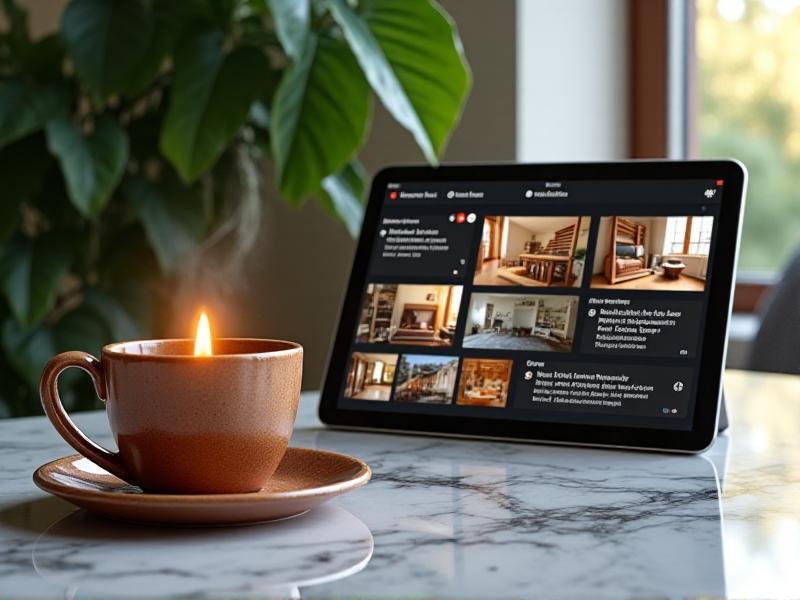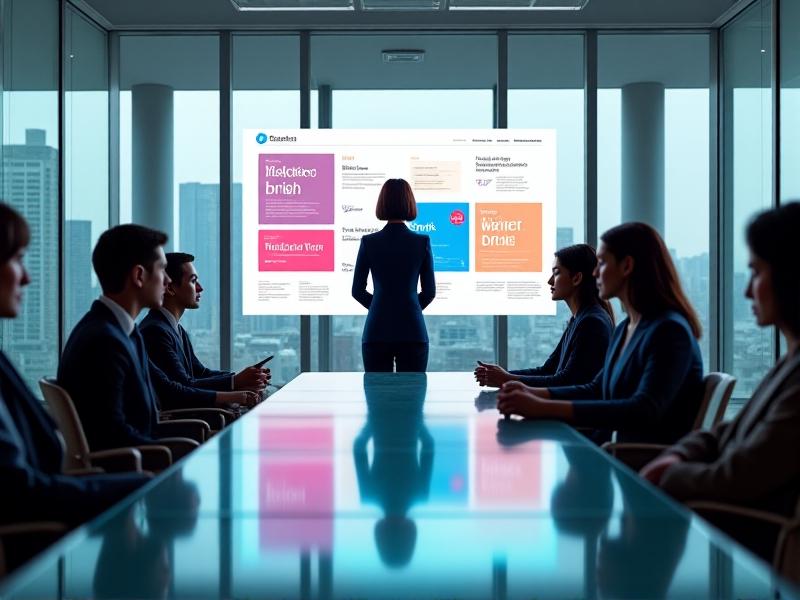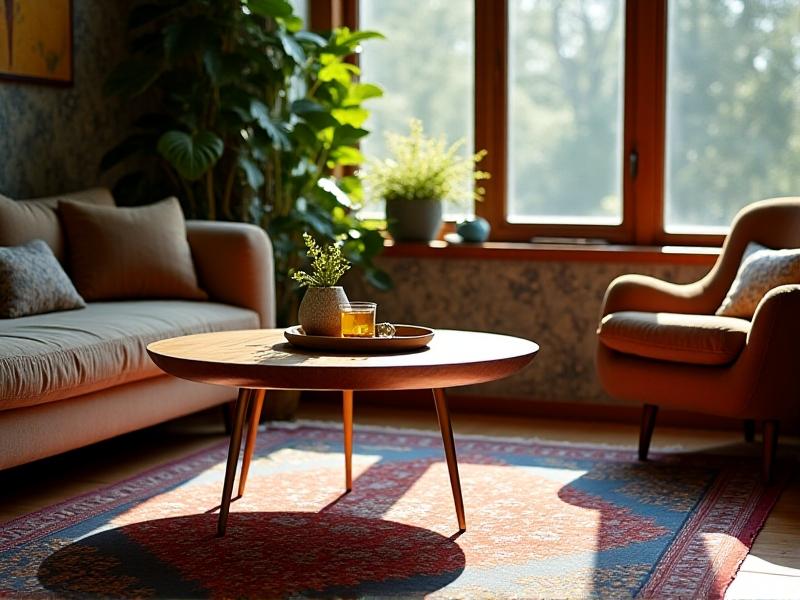Client Commissions: Transitioning from Flipper to Designer
Understanding the Flipper vs. Designer Mindset

The journey from flipper to designer begins with recognizing the fundamental differences in mindset. A flipper prioritizes speed and profit, often treating projects as transactions. Their work revolves around quick turnarounds, minimal customization, and generic solutions. In contrast, a designer approaches commissions as collaborative partnerships. They invest time in understanding client needs, crafting bespoke solutions, and prioritizing long-term value over immediate gains. This shift requires embracing creativity as a core skill rather than a commodity—a transition that reshapes how you define success, measure impact, and build client relationships.
Flippers often struggle with pricing their work competitively because they compete on volume. Designers, however, leverage expertise and originality to justify premium rates. For example, a home stager flipping properties might use mass-produced decor, while a designer curates pieces that reflect the architectural essence of the space. This distinction isn’t just about aesthetics; it’s about perceived value. Clients who hire designers seek transformation, not just transaction. By reframing your role as a problem-solver rather than a service provider, you create opportunities for deeper engagement and repeat business.
Developing a Design-Centric Creative Process

Transitioning to a designer’s workflow means adopting a structured yet flexible creative process. Start with immersive research: analyze client demographics, study spatial or brand narratives, and identify emotional triggers that resonate with the target audience. For interior designers, this might involve creating client personas; for graphic designers, dissecting a brand’s competitors and cultural context. Next, move into conceptualization—a phase where mood boards, sketches, and prototypes transform abstract ideas into tangible visions. Tools like Figma, Canva, or hand-rendered drafts become bridges between imagination and execution.
Iteration is key. Unlike flippers, who often settle for “good enough,” designers refine their work through feedback loops. Present multiple concepts to clients, explaining the rationale behind each choice. For instance, a logo designer might offer three variations: one emphasizing tradition, another modernity, and a third blending both. This demonstrates expertise while inviting collaboration. Finally, implement with precision—whether sourcing sustainable materials for a renovation or ensuring vector graphics are print-ready. Document each step to showcase your methodology in future client pitches.
Building a Portfolio That Attracts Ideal Clients

Your portfolio is the cornerstone of your design identity. Curate projects that highlight strategic thinking, not just aesthetics. For each entry, outline the client’s challenge, your creative approach, and measurable outcomes. Did your rebrand increase a company’s social media engagement by 40%? Did your kitchen redesign improve functionality for a family of five? Use data and storytelling to contextualize your work. Include case studies with high-quality visuals—professional photography or polished digital renders—to demonstrate attention to detail.
Diversify your portfolio to appeal to niche markets. If you specialize in eco-friendly interiors, showcase projects using reclaimed wood or energy-efficient layouts. For web designers, highlight responsive designs optimized for user experience. Supplement client work with personal projects that explore emerging trends, like AI-assisted layouts or biophilic design. Platforms like Behance or a custom WordPress site can house your portfolio, but consider creating physical lookbooks for in-person client meetings. Remember, your portfolio should answer one critical question: Why should a client invest in you over a cheaper, faster alternative?
Communicating Value Beyond Price Points

Flippers compete on cost; designers compete on value. Articulate this through client education. During consultations, explain how your design choices align with their goals—e.g., “This open shelving concept maximizes natural light, which studies show can boost retail sales by up to 30%.” Use analogies to simplify complex ideas: comparing a website’s user journey to a guided museum tour or framing a living room layout as a “conversation pit” that fosters connection. Transparency builds trust. Break down your pricing structure to show where resources are allocated, whether it’s hours spent on material sourcing or software licensing fees.
Upskill in client psychology. Learn negotiation techniques like “value anchoring,” where you present premium packages first to establish a high perceived standard. Offer flexible payment plans or post-project support, such as a free touch-up session for interior design clients. Collect testimonials that emphasize transformational outcomes—e.g., “Their design didn’t just beautify our café; it became a community hub.” By positioning yourself as a strategic partner rather than a vendor, you cultivate clients willing to pay for expertise, not just labor.
Case Studies: From Flip to Forever
Case Study 1: Residential Reinvention A client initially sought a quick home staging to sell their property. Instead of generic furniture rental, the designer proposed a partial renovation to enhance architectural features. By adding crown molding, refinishing hardwood floors, and customizing built-in storage, the home sold for 15% above market value. The client later hired the designer for their new residence, proving that investment in quality yields long-term loyalty.
Case Study 2: Brand Evolution A local bakery’s logo redesign began as a simple $500 “flip.” The designer conducted market research, identifying an untapped niche in artisanal gluten-free products. The rebrand included packaging, social media assets, and a storytelling-driven website. Post-launch, the bakery saw a 200% increase in online orders and secured a national distributor. This case underscores how design thinking can pivot a business’s entire trajectory.
Sustaining Growth as a Design Professional
Continuous learning separates enduring designers from fleeting trends. Attend workshops on sustainable materials, master emerging tools like VR space planning, or study behavioral economics to predict client needs. Diversify revenue streams—offer e-design services, create digital products (e.g., Canva templates), or license proprietary patterns. Collaborate with complementary professionals: architects, copywriters, or SEO experts to deliver comprehensive solutions.
Finally, nurture your creative well. Burnout is common when transitioning from high-volume flipping to detail-oriented design. Set boundaries: limit revisions, schedule creative “recharge” days, and delegate administrative tasks. As your reputation grows, gradually increase rates to reflect your expertise. Remember, becoming a designer isn’t a destination—it’s an evolution where each project deepens your impact and refines your craft.








